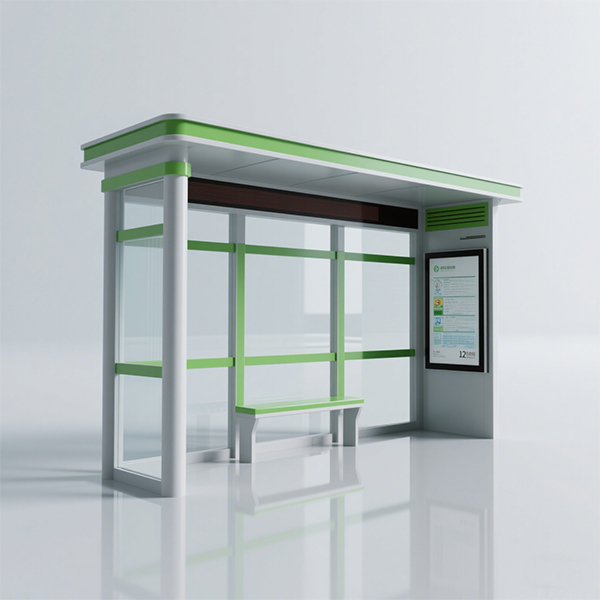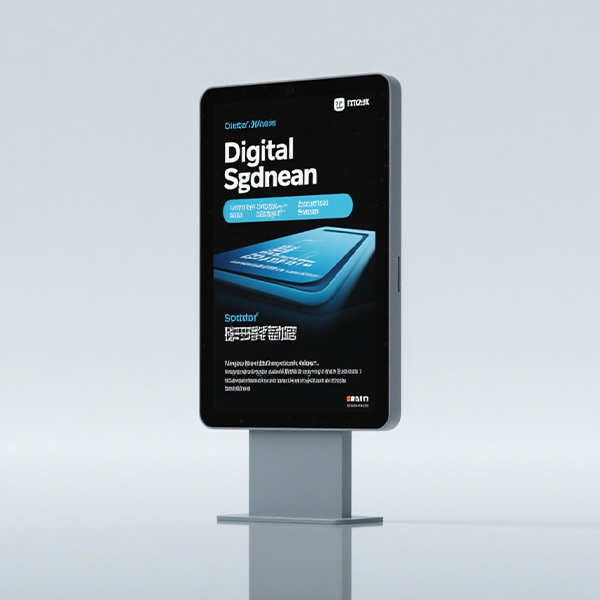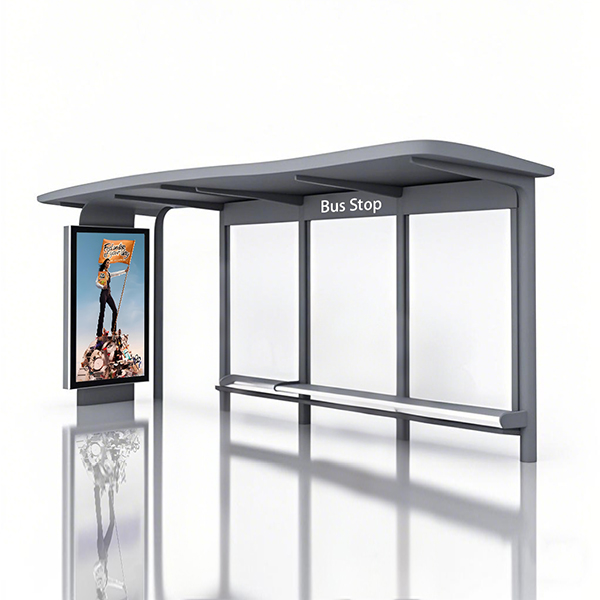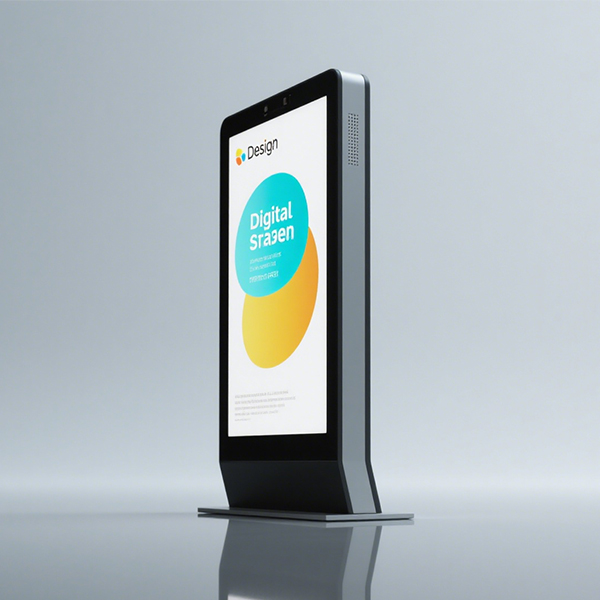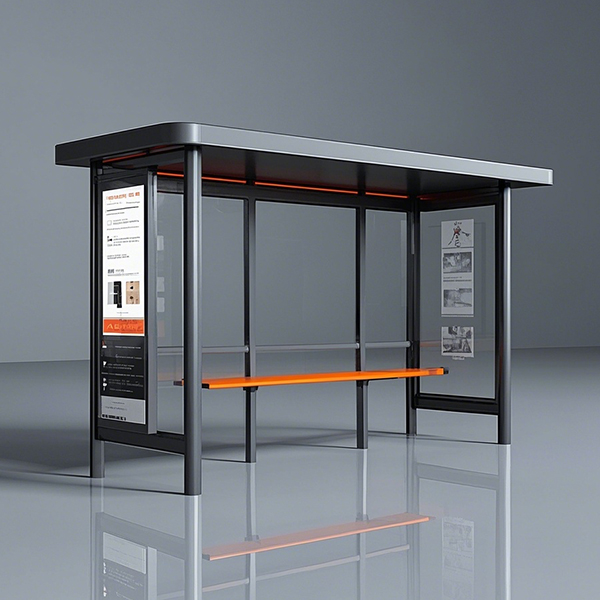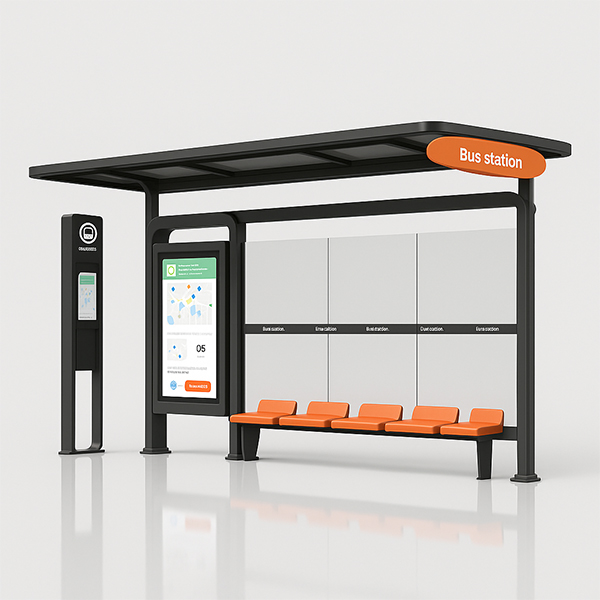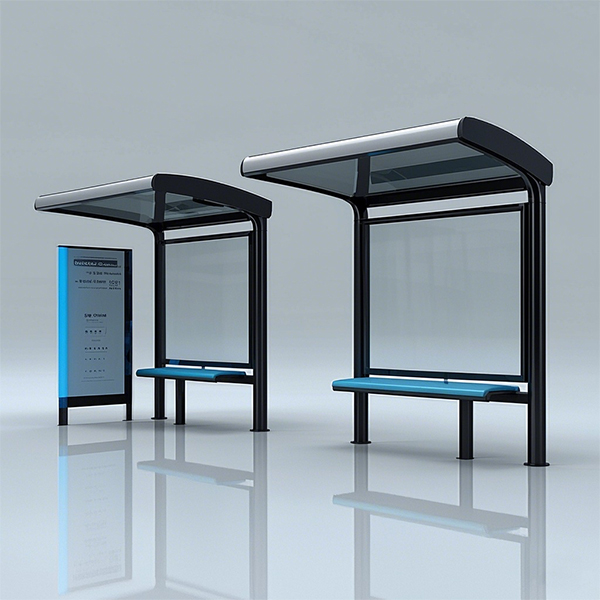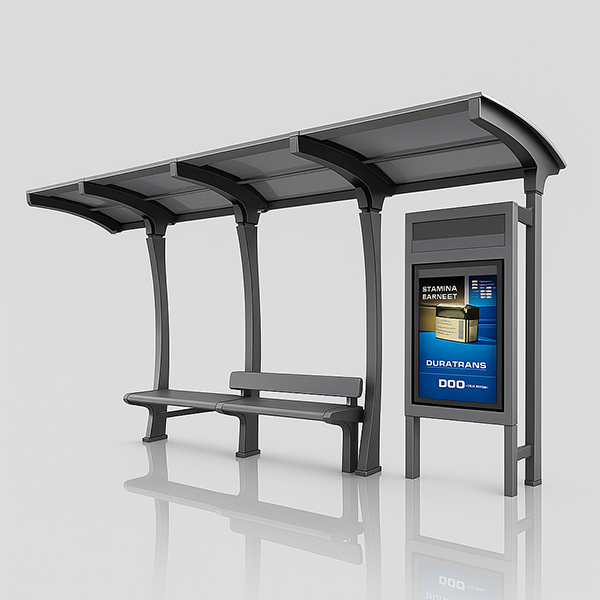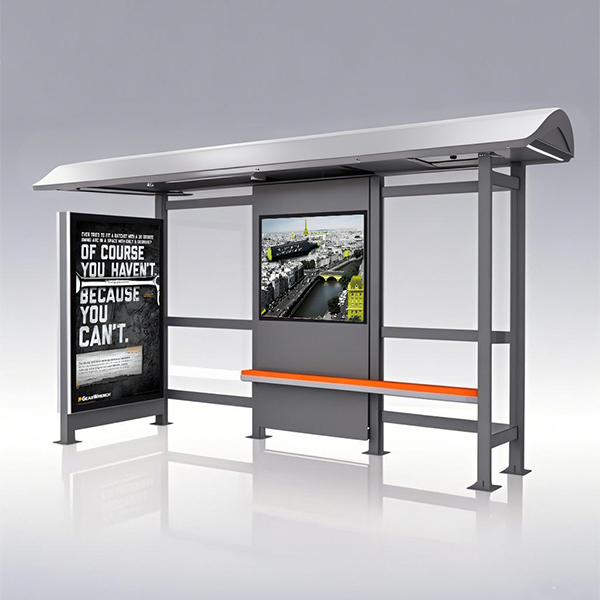
interactive digital signage
Unlock the power of engaging audiences with interactive digital signage. This comprehensive guide explores the technology, its benefits, implementation strategies, and best practices for maximizing its impact. Learn how to choose the right system, create compelling content, and measure your success. Discover how interactive digital signage can transform your business communication.
What is Interactive Digital Signage?
Interactive digital signage goes beyond traditional digital displays. It leverages touchscreens, motion sensors, and other interactive technologies to create engaging, dynamic experiences for viewers. Unlike passive displays, interactive digital signage encourages audience participation, leading to increased engagement and better information retention. Think interactive kiosks, touch screen menus, and even large-format displays responding to gestures.
Benefits of Interactive Digital Signage
Enhanced Engagement and Interaction
Unlike static displays, interactive digital signage actively involves the audience. Touchscreens, gesture recognition, and other interactive elements encourage exploration and participation, leading to significantly higher engagement rates compared to traditional signage. This increased interaction leads to better information recall and a more positive brand perception.
Improved Customer Experience
By providing intuitive and engaging experiences, interactive digital signage significantly enhances the customer journey. Imagine a retail environment where customers can easily access product information, browse catalogs, or even place orders directly through an interactive kiosk. This streamlined experience leads to increased customer satisfaction and loyalty. Check out the innovative solutions offered by companies like Shandong Luyi Public Facilities Co., Ltd. for a glimpse into modern possibilities.
Targeted and Personalized Messaging
Interactive digital signage allows for highly targeted messaging. The system can track user interactions and deliver personalized content based on demographics, preferences, or even real-time location data. This capability ensures that the right message reaches the right audience at the right time, maximizing impact and efficiency. This level of personalization leads to a more impactful communication experience.
Data-Driven Insights
Many modern interactive digital signage systems provide robust analytics capabilities. This allows businesses to track key performance indicators (KPIs), such as dwell time, interaction rates, and content popularity. This data-driven approach provides valuable insights into audience behavior and allows for continuous optimization of messaging and content strategies. This continuous improvement cycle ensures maximum return on investment.
Choosing the Right Interactive Digital Signage System
Selecting the right interactive digital signage system requires careful consideration of several factors including:
| Feature | Considerations |
|---|---|
| Screen Size and Resolution | Consider the viewing distance and the desired level of detail. |
| Interactive Capabilities | Touchscreen, gesture control, or other interactive features to match your needs. |
| Content Management System (CMS) | Ease of use, features, and integration capabilities are key. |
| Software and Hardware Compatibility | Ensure compatibility with your existing infrastructure. |
Table adapted from various industry sources.
Creating Engaging Content for Interactive Digital Signage
Effective interactive digital signage requires compelling and user-friendly content. Consider using high-quality visuals, clear and concise messaging, and interactive elements to capture and maintain audience attention. Remember to keep your content updated and relevant to ensure ongoing effectiveness.
Conclusion
Interactive digital signage offers a powerful way to enhance communication, engage audiences, and achieve business goals. By understanding its benefits, choosing the right system, and creating compelling content, businesses can unlock the full potential of this dynamic technology. The evolution of interactive digital signage continues to offer exciting possibilities for future innovation.
Соответствующая продукция
Соответствующая продукция







